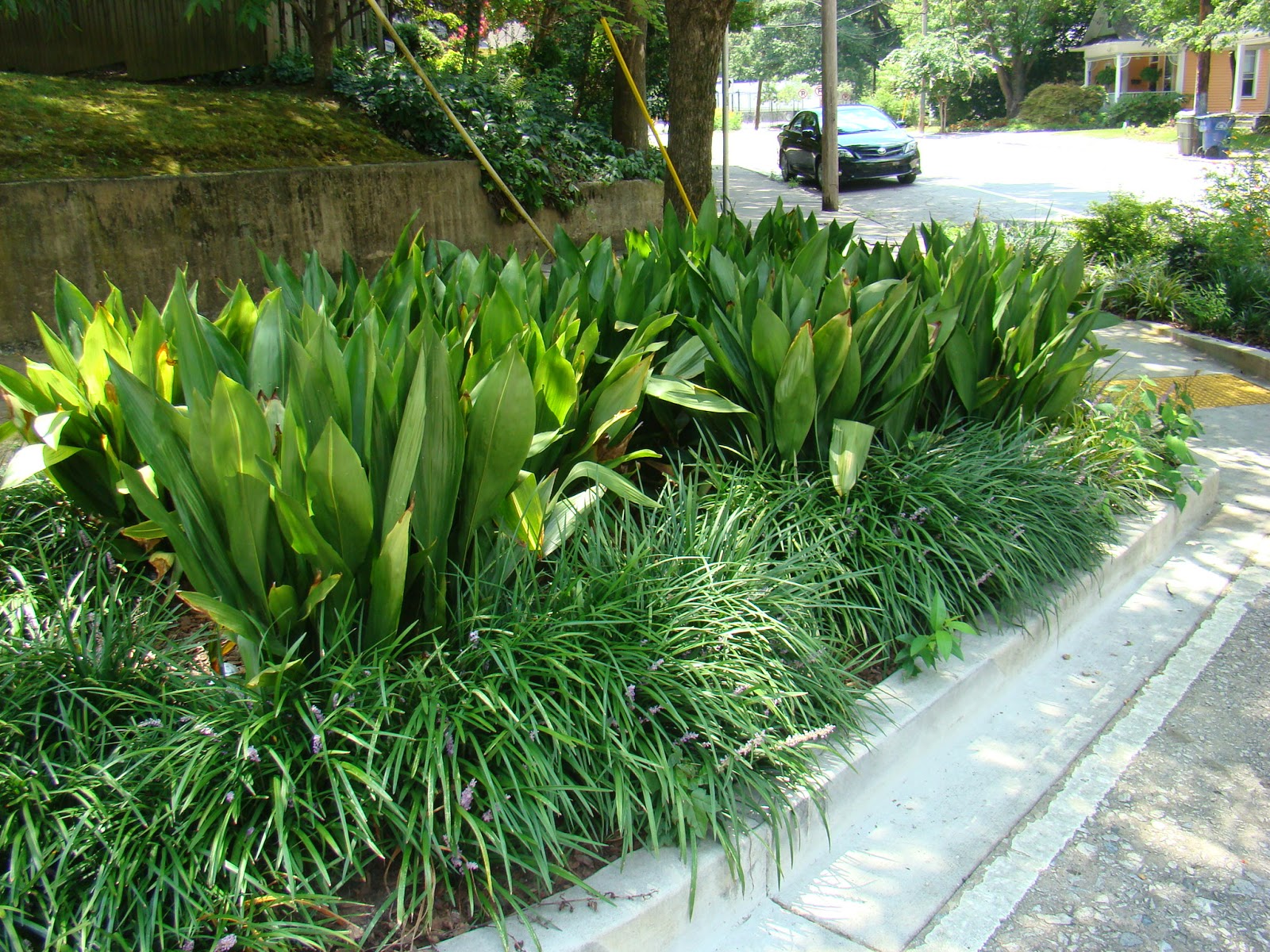Cast iron plant drooping – When your cast iron plant droops, it’s a sign that something is amiss. This resilient plant is known for its hardiness, but it can succumb to improper care or environmental stresses. Understanding the causes of drooping and implementing the right treatment options can help restore your plant to its former glory.
Environmental factors such as improper watering, insufficient light, or temperature fluctuations can all contribute to drooping. Overwatering can lead to root rot, while underwatering can cause dehydration and wilting. Different light conditions can affect the plant’s growth and vitality, with too little light leading to stunted growth and too much light causing sunscald.
Troubleshooting and Treatment Options: Cast Iron Plant Drooping

Identifying the cause of drooping in cast iron plants requires careful observation of the plant’s symptoms. If the leaves are dry and brittle, it may indicate underwatering, while soft and mushy leaves suggest overwatering. Yellowing leaves can be a sign of nutrient deficiency or excessive sunlight, while brown or scorched leaves may indicate sunburn.
Watering
Cast iron plants prefer consistently moist soil, but they can tolerate some drought conditions. Allow the top 1-2 inches of soil to dry out before watering again. Avoid overwatering, as this can lead to root rot.
Light
These plants thrive in bright, indirect light. Avoid placing them in direct sunlight, as this can scorch the leaves. If the plant is not receiving enough light, it may become leggy and the leaves may turn yellow.
Temperature and Humidity
Cast iron plants prefer warm temperatures between 65-80°F (18-27°C). They can tolerate cooler temperatures down to 50°F (10°C), but they may go dormant if exposed to temperatures below this for extended periods. These plants also prefer high humidity, so misting them regularly or placing them on a tray of pebbles filled with water can help increase the humidity around the plant.
Repotting and Pruning
Repotting a cast iron plant into a larger pot with fresh soil can help improve drainage and provide more space for root growth. If the plant is severely rootbound, it may need to be divided and repotted into multiple pots. Pruning can help remove dead or damaged leaves and encourage new growth. Cut back stems to just above a leaf node to promote branching.
Preventive Measures and Maintenance

Ensuring optimal growing conditions for cast iron plants is crucial to prevent drooping. These plants thrive in well-draining, slightly acidic soil with a pH between 6.0 and 6.5. Choose a pot with drainage holes to avoid waterlogging. Cast iron plants prefer indirect bright light, so place them near a window that receives ample natural light without exposing them to direct sunlight.
Watering and Fertilization, Cast iron plant drooping
Water cast iron plants thoroughly when the top 2-3 inches of soil feel dry to the touch. Avoid overwatering, as this can lead to root rot. Fertilize the plant monthly during the growing season with a balanced liquid fertilizer diluted to half strength.
Humidity and Pest Prevention
Cast iron plants prefer high humidity levels. Use a humidifier or mist the plant regularly to maintain optimal humidity. Regularly inspect the plant for pests such as mealybugs, scale, and aphids. Treat infestations promptly with insecticidal soap or neem oil.

Cast iron plants are known for their hardiness, but even they can suffer from drooping leaves. One possible cause is a lack of sunlight. If your cast iron plant is not getting enough light, its leaves may start to turn yellow and droop.
To fix this, move your plant to a brighter location. If you can’t provide more natural light, you can also supplement with artificial light. Another possible cause of drooping leaves is overwatering. Cast iron plants prefer to dry out between waterings.
If you water your plant too often, the roots can become waterlogged and suffocate. To avoid this, only water your cast iron plant when the soil is completely dry to the touch. If you’re not sure whether your plant needs water, it’s always better to err on the side of caution and wait a few more days.
If you’re looking for a low-maintenance plant that can add a touch of greenery to your home, sweet annie plant seeds are a great option. These plants are easy to grow and can tolerate a wide range of conditions. They also have a beautiful, trailing habit that makes them perfect for hanging baskets or windowsills.
If your cast iron plant is drooping, be sure to check the light and watering conditions. With a little TLC, your plant will be back to its healthy, vibrant self in no time.
Cast iron plant drooping can be caused by various factors, including insufficient sunlight, incorrect watering, and nutritional deficiencies. While addressing these issues can help revive the plant, it’s also important to consider the potential impact of nearby power plants. For instance, the Polk County Power Plant emits sulfur dioxide and other pollutants that can contribute to leaf damage and drooping in plants located within its vicinity.
Therefore, understanding the potential effects of nearby power plants is crucial for effective plant care and ensuring the health of your cast iron plant.
Cast iron plants are known for their resilience, but even they can suffer from drooping leaves. One of the most common causes of drooping is underwatering. Cast iron plants prefer moist soil, so if the soil is dry to the touch, it’s time to water.
Another possible cause of drooping is a lack of light. Cast iron plants need bright, indirect light to thrive. If the plant is not getting enough light, it may start to droop. To prevent drooping, make sure to water your cast iron plant regularly and give it plenty of bright, indirect light.
You can also get a powered by plants shirt to show your support for the amazing power of plants. Cast iron plants are a beautiful and easy-to-care-for addition to any home, so with a little care, you can keep your plant healthy and happy.